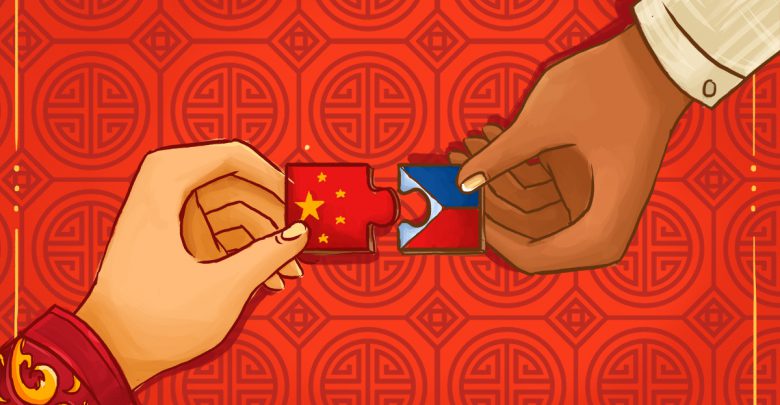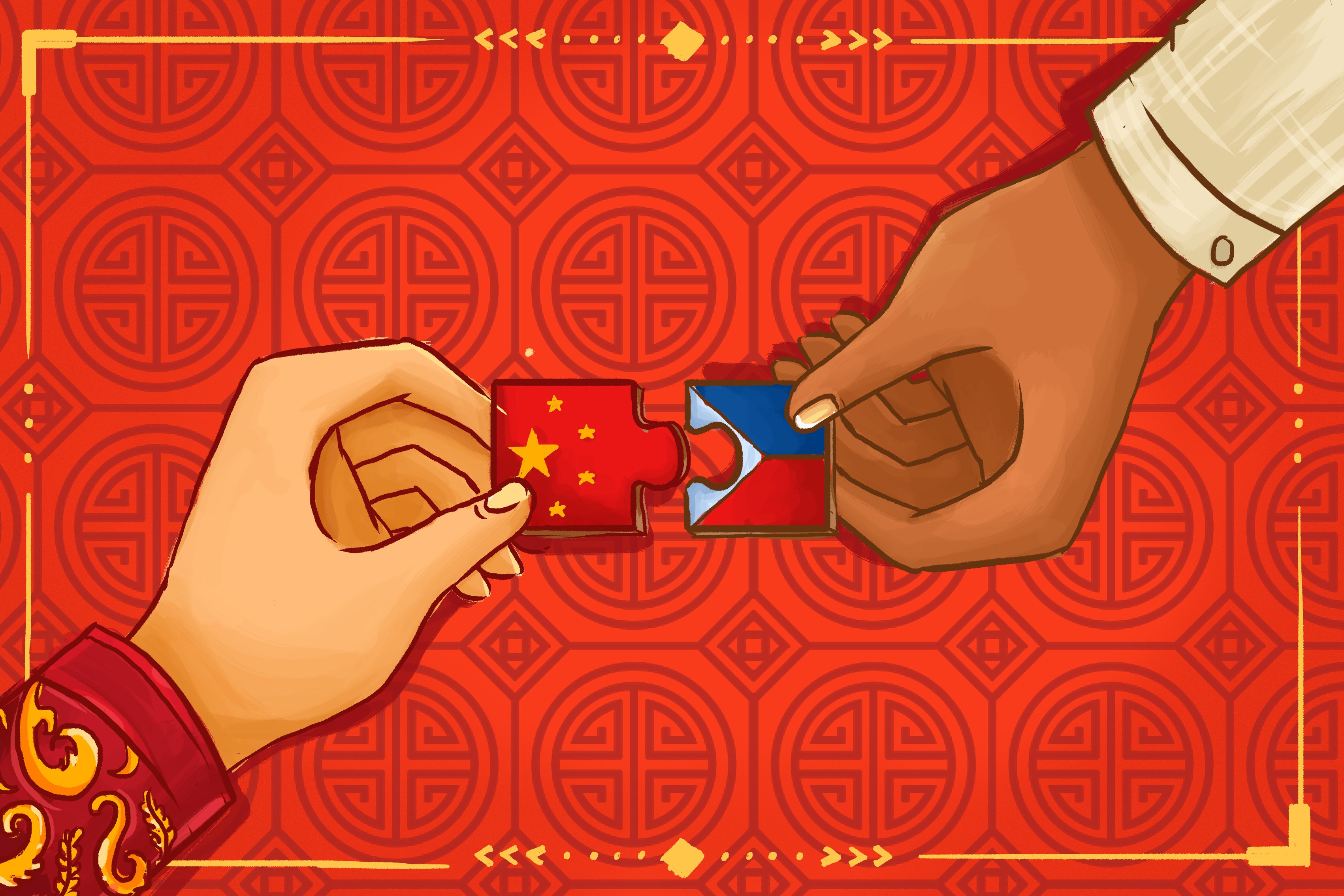
Made with China: the PH-China relationship

Like the Dragon Dance during Chinese New Year celebrations, the Philippines and China’s relationship has been erratic, moving up and down, in a roller coaster of movement.
The relationship between the two countries has recently started to get intense, both positively and negatively. The issue with the West Philippine Sea seems to be the first trigger to sour the relations between the China and the Philippines – however, the growing friendship between the countries’ two presidents, seem to point otherwise.
The history of the PH-China relationship
Long before the Spanish occupation, Chinese nationals were already being seen in the Philippines – mainly trading goods and having business transactions with the locals, this early engagement led to the establishment of Binondo, Manila’s Chinatown, in 1594.
A number of Chinese nationals chose to stay in the country to grow their businesses and start families. During the Philippines’ fight against the Japanese in World War II, alliances were formed between Filipinos and the Chinese who were living here. They stood side-by-side to fight for the Philippines’ sovereignty.
In the succeeding years, the Chinese were naturalized, making them officially Filipino-Chinese – these Chinoys continuously shared with us not just their products and services, but also their culture and beliefs.
Our bond with them has come a long way, as they have completely assimilated into the Filipino way of life; however, our relationship with mainland China continued to have a negative presentiment, especially with recent events.
Sovereignty disputes, behavioral disagreements
Relationships are always two-sided – even if we have assimilated the Chinoys and considered them as our own, the issues and conflicts between the Philippines and China still prevails.
Perhaps the most pressing issue between the two countries is the dispute over the West Philippine Sea. Over the years, both have been making moves and claims that seem to be in conflict with each other. It’s an ongoing story of tribunal arguments, historic claims, explorations and exploitation of natural resources, all fighting for the right to sovereignty over the area. It’s hard to stay naive and blind to all that is happening.
However, in the previous years, the two governments seem to retain a certain level of friendly relations, as evidenced by the influx of Chinese nationals in the Philippines, especially in tourist destinations.
This is a win for tourism, but the behavior of the tourists seem to irk Filipinos. Photos of inappropriate behavior have been circulating around social media, alarming many Filipinos who wished they would be more mindful of their conduct in public.
While we certainly have these issues with our Asian neighbor, the Red Dragon, in spite of its accompanying headaches and issues, has also extended its fare share of support and influence in the lives of Filipinos.
The enduring relations between China and the PH
Presidents Rodrigo Duterte and Xi Jinping have arranged agreements on national matters last year – one of the most beneficial of which is perhaps China’s influx of aid in the government’s flagship “Build, Build, Build” program, which aims to develop the infrastructure of the country.
It can also be said that the Philippines is greatly influenced by Chinoy business tycoons, who graced us with their expertise on strategic knowledge and financial literacy that has changed the economy.
Notable business tycoons like Henry Sy, Lucio Tan, and the John Gokongwei came from families in mainland China, who, upon naturalization as legitimate Chinoys, has paved the way for business in the country.
Culturally, the two countries are explicably linked, as the years of migration and assimilation have normalized Chinese practices as part of Filipino culture.
The biggest and most prevalent is perhaps in terms of food – Lumpiang Shanghai, mami, and snacks like hopia and siomai, are considered part of Filipino Cuisine.
Our customs are also linked, as Filipinos have embraced the celebration of Chinese New Year, the gifting of Ang-pau during special occasions, and the practice of Feng Shui for homes and office spaces.
Many things can be said about the Philippines’ relations with China. Throughout the years, it has been a familiar dance – while erratic and unpredictable, it can be beautiful, so long as we keep vigilant and not let the Dragon’s head distract us.




